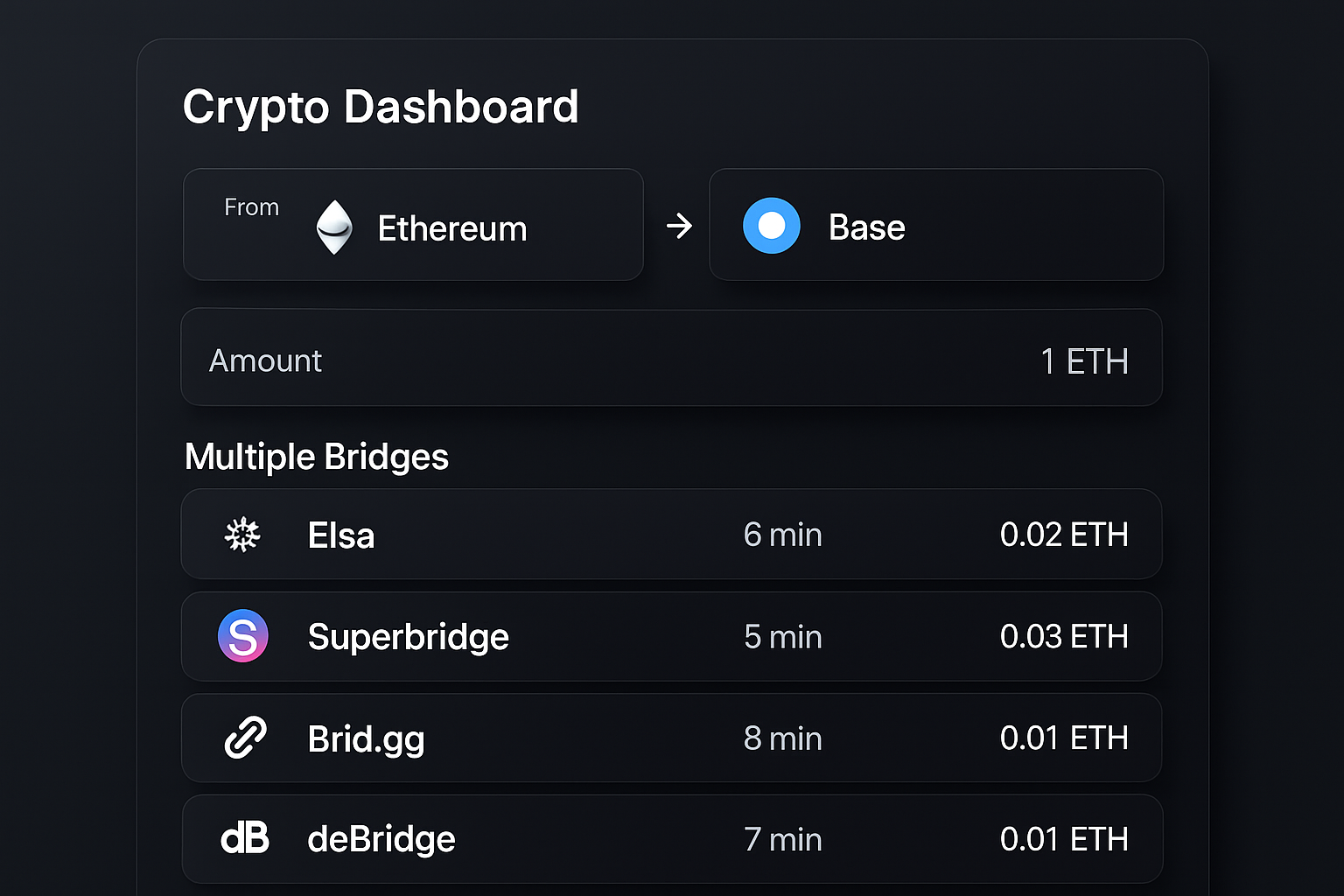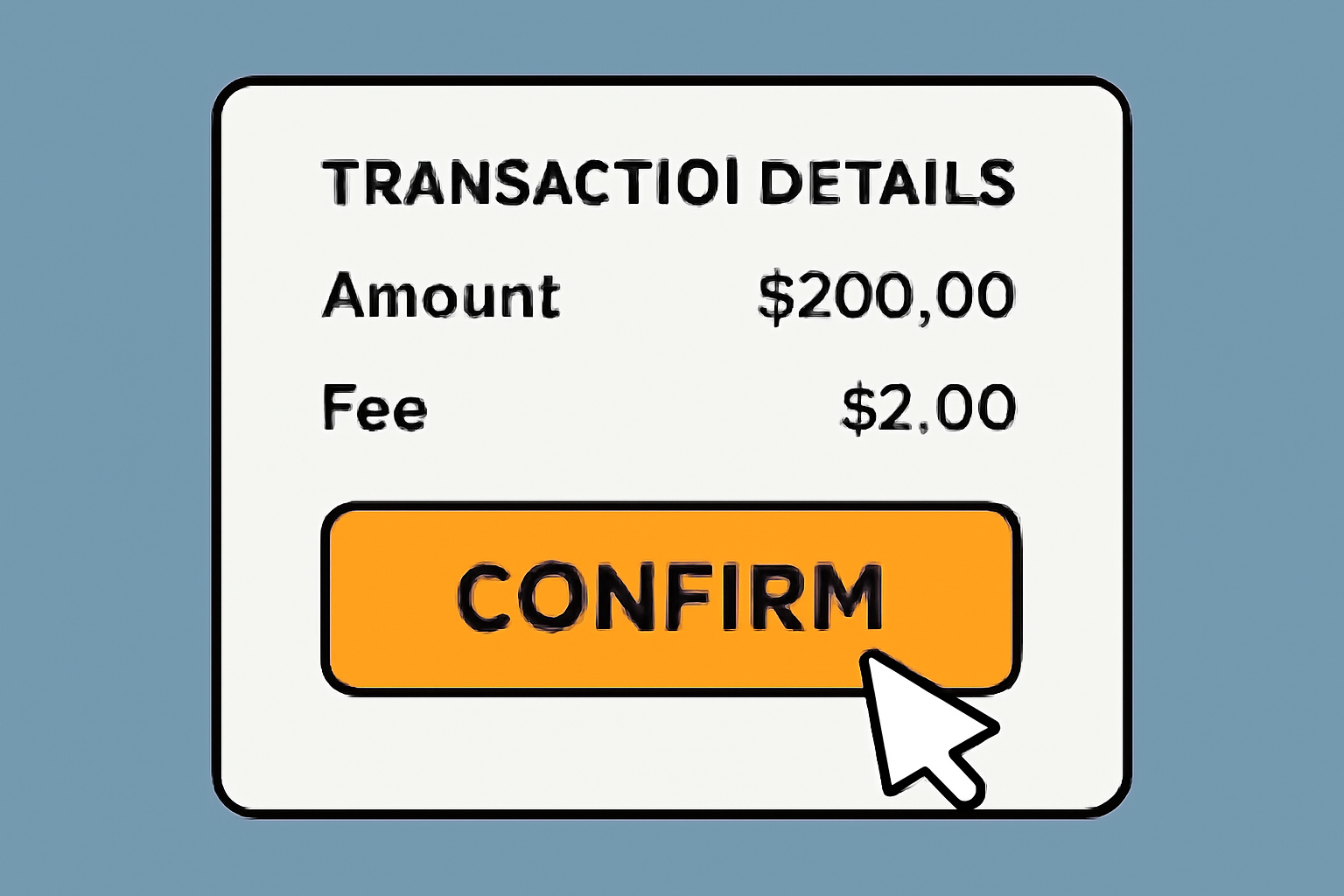
If you’ve been watching the Base chain ecosystem explode in 2024, you’re not alone. Whether you’re chasing the latest airdrop, farming Elsa Points, or just want to bridge your ETH to Base for some fresh DeFi action, getting assets onto Base is step one. But with the official bridge at bridge. base. org now deprecated, it’s time to get creative and use third-party bridges – and AI copilots like Elsa – to make your move.

Let’s break down exactly how to bridge to Base in 2024 using Elsa and other top bridges, so you can skip the confusion and start stacking rewards (and maybe even that $ELSA TGE airdrop!).
Why Bridge to Base in 2024?
Base isn’t just another L2 – it’s where memecoins are minted overnight, blue-chip DeFi protocols are launching new incentives, and onchain activity is surging. With cheap gas fees and Coinbase backing, everyone from degens to builders is moving assets over. Plus, bridging activities now come with extra perks:
- Elsa Points for future airdrops (double points if you use Elsa!)
- Wallchain LB ranking boosts
- Frequent bridging campaigns with bonus rewards for early users
The bottom line: if you’re not on Base yet, you’re missing out on both opportunities and rewards.
The New Landscape: Third-Party Bridges Take Over
With the official bridge sunsetted as of November 2025, users now rely on trusted third-party platforms like Superbridge, Brid. gg, and deBridge. Each of these bridges has its own flavor:
- Superbridge: Fast transfers, simple interface, supports major tokens.
- Brid. gg: User-friendly flows for both ETH and stablecoins.
- deBridge: Known for security features and multi-chain support.
No matter which you choose, always double-check URLs and only use official sites. Phishing attempts are rampant whenever a network gets hot like this!
Your Step-by-Step Guide: Bridging ETH or USDC to Base Using Superbridge and More
I’ll walk through the exact steps using Superbridge as an example (the flow is nearly identical for Brid. gg or deBridge):
You’ll want your MetaMask (or preferred wallet) ready with some ETH for gas. Here’s what the process looks like at a glance:
- Select source/destination networks: Pick Ethereum Mainnet as your source and “Base” as your target.
- Select asset and amount: Choose ETH or supported tokens like USDC; enter how much you want to send.
- Review fees and speed: Check gas costs (can spike during congestion) and estimated arrival time.
- Confirm in your wallet: Approve the transaction; wait for confirmation on both chains.
- Boom!
Your funds should appear on Base within minutes – sometimes longer if Ethereum is busy. Always keep an eye out for network status updates before sending big amounts.
But what if you want to get even more out of your bridging experience? Enter Elsa, the AI crypto copilot that’s making waves for its all-in-one command interface. Elsa lets you bridge, swap, and send assets with a simple message, no more clicking through endless dropdowns. Just type something like “Bridge $100 ETH from Arbitrum and BSC to Base as USDC” and Elsa does the rest. Plus, you’ll rack up double Elsa Points during promos, which could mean a bigger slice of the $ELSA TGE airdrop pie.
Maximize Your Rewards: Elsa Points, Wallchain LB and More
If you’re chasing rewards (and let’s be honest, who isn’t?), here’s how to maximize every bridge:
- Use Elsa for bridging: It’s not just convenient, right now it earns you 2x Elsa Points per transaction.
- Bridge more than $10: Many campaigns require a minimum transfer to qualify for rewards or leaderboard placements.
- Watch for sprints and airdrop windows: Timing your bridge during special events can stack bonus points or eligibility.
The best part? These rewards often stack with other ecosystem incentives, so one bridge can unlock multiple benefits across Base DeFi protocols.
What About Security and Fees?
This is crypto, so always respect the risk! Here are my actionable tips:
- Double-check URLs: Only use official sites. Bookmark them to avoid phishing traps.
- Review gas fees before confirming: ETH network congestion can spike costs. If it looks high, wait it out or try at off-peak hours.
- Diversify bridges for larger transfers: Splitting big transfers across multiple bridges can reduce risk if one gets delayed or congested.
If you’re new to bridging or want extra peace of mind, start with a small test transfer before sending your full stack. That way you know everything works, and your funds are safe on arrival.
FAQs: Your Bridging Questions Answered
The Base ecosystem is evolving fast, and so are the tools that help you get there. Whether you’re bridging ETH for yield farming, swapping into memecoins, or just stacking points ahead of the next big airdrop, using third-party bridges like Superbridge, or smart copilots like Elsa, puts you in pole position for whatever comes next on Base chain.
I’ll leave you with this: In crypto, speed and flexibility win. Don’t wait around for official solutions when nimble third-party bridges (and AI tools) can get you where the action is right now. The early bird gets the worm, and maybe a fat bag of $ELSA too!












